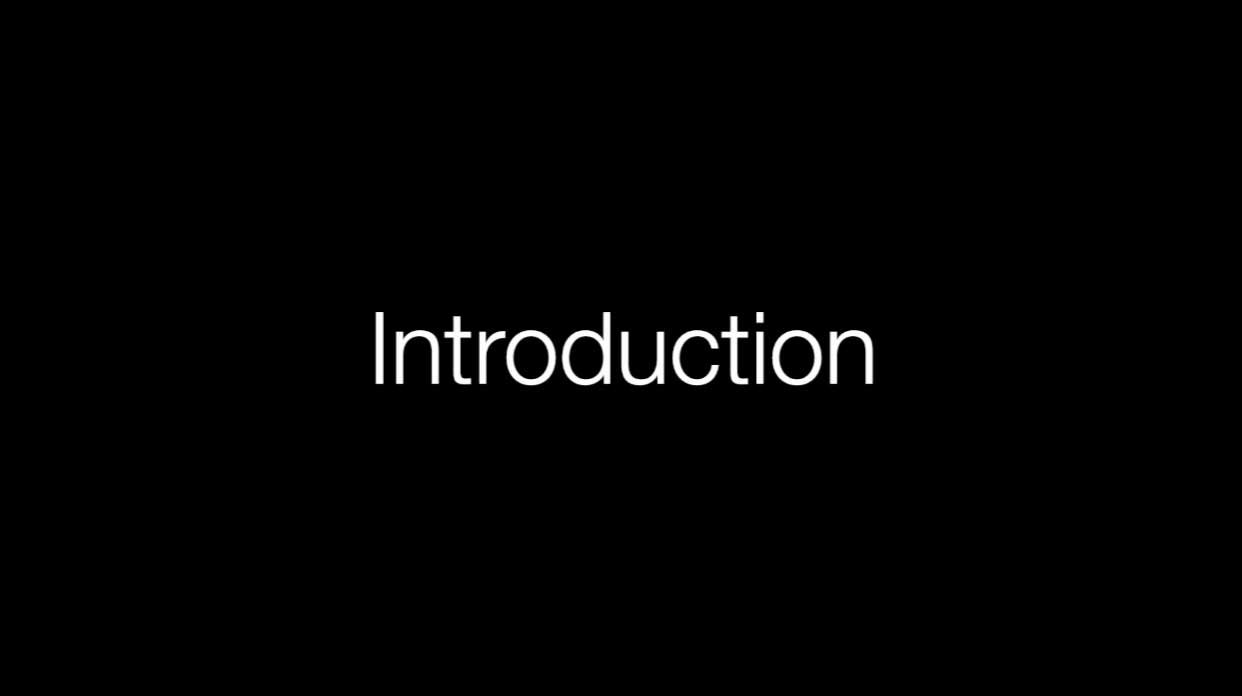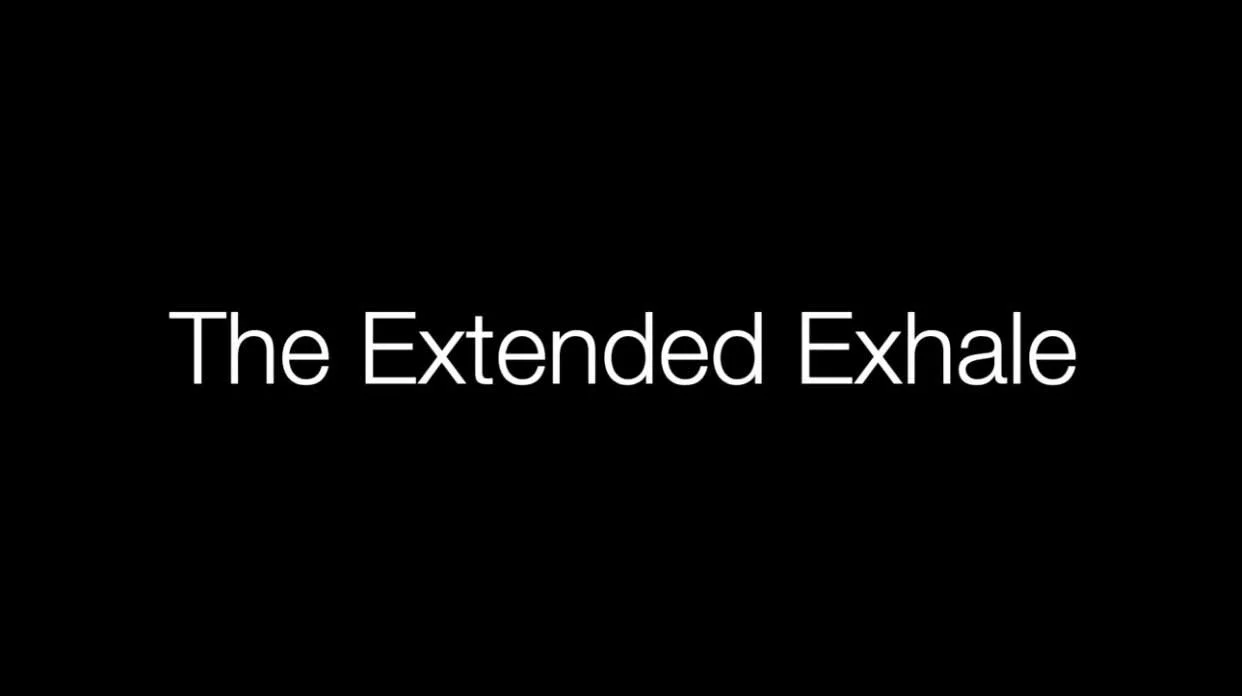
Simple Steps to Embodied Ease
Please note, by voluntarily participating in these recorded video sessions you acknowledge that:
This program is for information only. It is not designed to diagnose, treat, or act as medical advice, nor does it replace consultation with a therapist or physician.
It is unwise to partake in any of these activities if it feels unsafe to do so. Please consult with a physician or health practitioner if in doubt.
You are willingly and voluntarily assuming any risks, injuries or damages, known and unknown, which might incur as a result of participating in Simple Steps to Embodied Ease and agree that Elaine Jackson/Jackson Yoga, UpHub, and York Support Services Network (hereafter YSSN) will not have any liability for any injuries or damages to the maximum extent allowed by applicable law.
Our bodies and minds are not separate. Experience has demonstrated, and research has confirmed, that we can use the body to calm the nervous system.
This program consists of an introduction plus ten short videos designed to give you a broad sampling of these relaxation-instilling techniques. They are drawn from yoga, massage, and current theories about the vagus nerve. They are offered here in the spirit of experimentation and play.
You will learn quick and accessible techniques for self-soothing that require little to no equipment and no cost. Most can be performed at home and only require five or ten minutes to complete.
Acknowledgements
I learned these techniques from my teachers: Jill Miller, YuMee Chung, Michael Stone, Paola di Paolo, Esther Myers and many others I have studied with throughout the years. Also, I’d like to acknowledge that the land from which I teach is the traditional territory of the Haudenosaunee, the Anishinabekawi and the Mississauga.
Introduction
Hello, and welcome to the course.
The techniques we will be discussing have been around for centuries. It’s only in recent years that we’re beginning to understand why they are effective. It’s important to recognize that every person’s body and mind is unique. If something in the following lessons helps you, use it! If it doesn’t, don’t feel bad…just move on to something else.
One: The Extended Exhale
The way that we breathe affects the way that we feel. Increasing the length of the exhale relative to the inhale can trigger your nervous system to relax.
Two: The Magic of Weight and Pressure
The careful application of weight and pressure can calm you down, which is why so many people find weighted blankets so soothing. In this segment we look at two techniques that use your body weight to create tolerable pressure.
Three: Massage Your Face and Scalp
Your face, neck, and scalp are peppered with nerve endings that send feedback to your Vagus nerve, which turns the dial of alertness (and tension) up or down depending on the level of safety in the environment. This quick massage routine will send the message that it’s a good time to unwind.
Four: The Swaddle
Just as infants are soothed by swaddling, most of us get calmed by the feeling of being hugged (as long as the hugger is a safe and trusted person). This segment will show you a technique for creating a “huggy” sensation all on your own.
Five: Rocking
Rocking can be incredibly relaxing, especially for those with a lot of “nervous energy.” We have rocking chairs, hammocks, and swings because our bodies enjoy a gentle, self-controlled rock. Here’s a way to create a rocking sensation without even getting out of bed!
Six: Patting and Sweeping
Similar to a massage, this technique stimulates sensory nerve endings and calms the body. It’s slightly more energetic than the massage we’ve already done, and can be great when you’re feeling restless. Combine it with a visualization to “wash off” a difficult day.
Seven: A Gentle Inversion
An inversion is what takes place when your pelvis is higher in space than your heart. When we invert, fluids in the body flow toward the head and trigger specialized cells called “baroreceptors” to slow down the heart and create relaxation. People who have high blood pressure, glaucoma, or spinal conditions that are aggravated by this position should sit this one out.
Eight: Progressive Muscle Relaxation
Sometimes the best way to relax a tense muscle is to tire it out first. Progressive muscle relaxation creates targeted muscular contractions which are followed by release, increased blood flow and a sensation of warmth and softness.
Nine: Sound and Vibration
Humming, singing, or chanting create vibration in our bodies, which affects the nervous system, the respiratory system and possibly the hormonal system as well (singing in groups has been shown to increase the “bonding” hormone, oxytocin). This segment features a breath technique from yoga called Brahmari or “Bee’s Breath.”
Ten: Soft, Squeezy, Shoulder Sweeps
This technique, which I learned from Jill Miller, creates a “combo platter” of elements we’ve already explored: weight, swaddling, massage and deep breathing. If you have difficulty with your shoulders you can keep the arms lower, or do the modified version.
Parting Words
I hope that you’ve found at least a couple of techniques here that have given you some stress-relief. I think you’ll find that the more frequently you practice them, the better they will work.
If you’ve found this content helpful, feel free to share this link with others. Also, you could make a “Thank You” donation to New Leaf Foundation, which supports the mental, emotional, physical, and social well-being of youth in marginalized communities—or choose another charity that is important to you.
For more content from Elaine, you can sign up for her newsletter below or check out her book!
Enough Already: 7 Yoga-Inspired Steps to Calm Amid Chaos.
In times of chaos, it’s normal to feel anxious and overwhelmed. But it’s also possible, even amid upheavals, to self-soothe and cultivate calm. Begin by saying, “Enough already.”
It’s available at Amazon.ca, Amazon.com, other online retailers, or your local bookstore.













